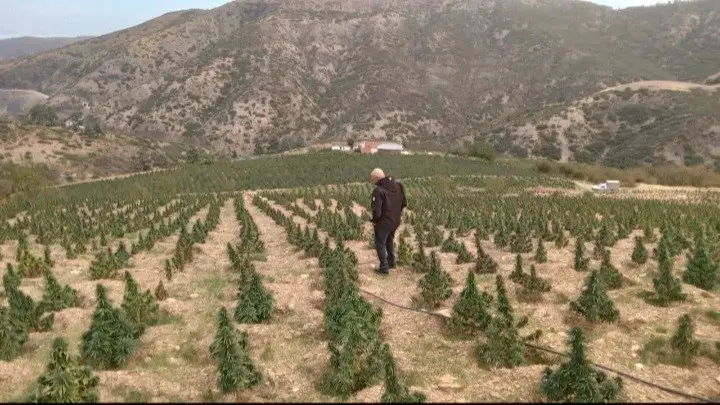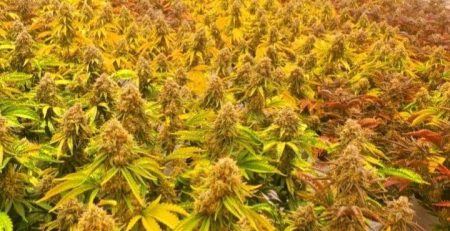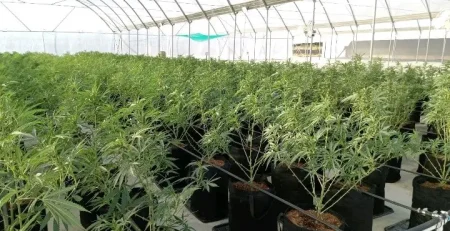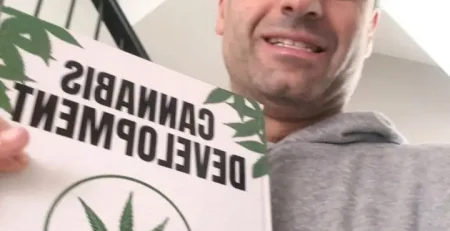Located within the rugged Rif Mountains of northern Morocco lies the Ketama region
Located within the rugged Rif Mountains of northern Morocco lies the Ketama region, a world-renowned cradle of hashish cultivation. Here, centuries-old traditions blend seamlessly with the harsh yet breathtaking landscape, creating a legacy of cannabis farming that has defined the region’s identity & global reputation.
Ketama is home to indigenous cannabis cultivars known for their adaptability to the region’s arid climate & rocky soils. These landrace strains, including the legendary Beldiya, have evolved over generations to thrive in this environment. Revered for their resinous flowers & unique terpene profiles, Ketama’s cannabis plants produce hashish with a distinctive earthy aroma, hints of spice, & a smooth, euphoric high.
In the early morning, the farmers of Ketama rise to tend their terraced fields carved into the mountain slopes. These fields, surrounded by olive trees & rugged terrain, reflect a resilient agricultural system. Cultivators use traditional farming methods passed down through families for generations, relying on natural cycles & the wisdom of the land. No heavy machinery interrupts the tranquility; every step, from planting to harvesting, is done by hand.
By late summer, the cannabis plants are heavy with resin, glistening under the sun. After harvest, the drying process begins, with the flowers spread out in shaded areas to preserve their potency. Once dried, the buds are carefully sifted through fine silk screens to separate the precious trichomes, a process that transforms the raw plant material into the fine golden powder known locally as kief.
The magic truly begins during the winter months, when the kief is pressed into hashish. Using simple yet effective tools, farmers knead the powder, adding a touch of heat to meld the resins into the pliable blocks that Ketama is famous for. The resulting hashish ranges in color from light amber to deep brown, with each batch reflecting the unique terroir and cultivation practices of the farmer.
Beyond the physical product, Ketama’s hashish represents a cultural heritage. Village gatherings often feature the sharing of a traditional sebsi, a long wooden pipe used to smoke hashish. These moments are more than recreational; they are a time for storytelling, bonding, & celebrating the community’s shared history.
In recent years, as global cannabis legalization gains momentum, Morocco has explored ways to integrate Ketama’s hashish into the legal market. However, the balance between tradition & modernization remains delicate. Farmers worry about losing the artisanal touch that defines their craft, while also seeking economic stability in a changing world.
For now, Ketama’s cultivators continue their work as they always have, shaping hashish from their resilient crops & the sweat of their brows. In every block of Ketama hash lies a story, a story of a people, a land, & a legacy that has captured the imagination of the world for centuries.
Attached photo of farmer Anouar!












Leave a Reply